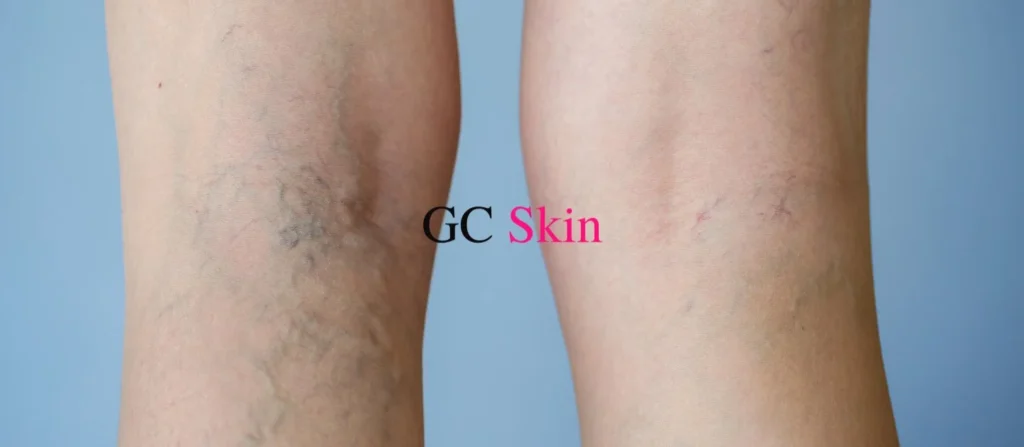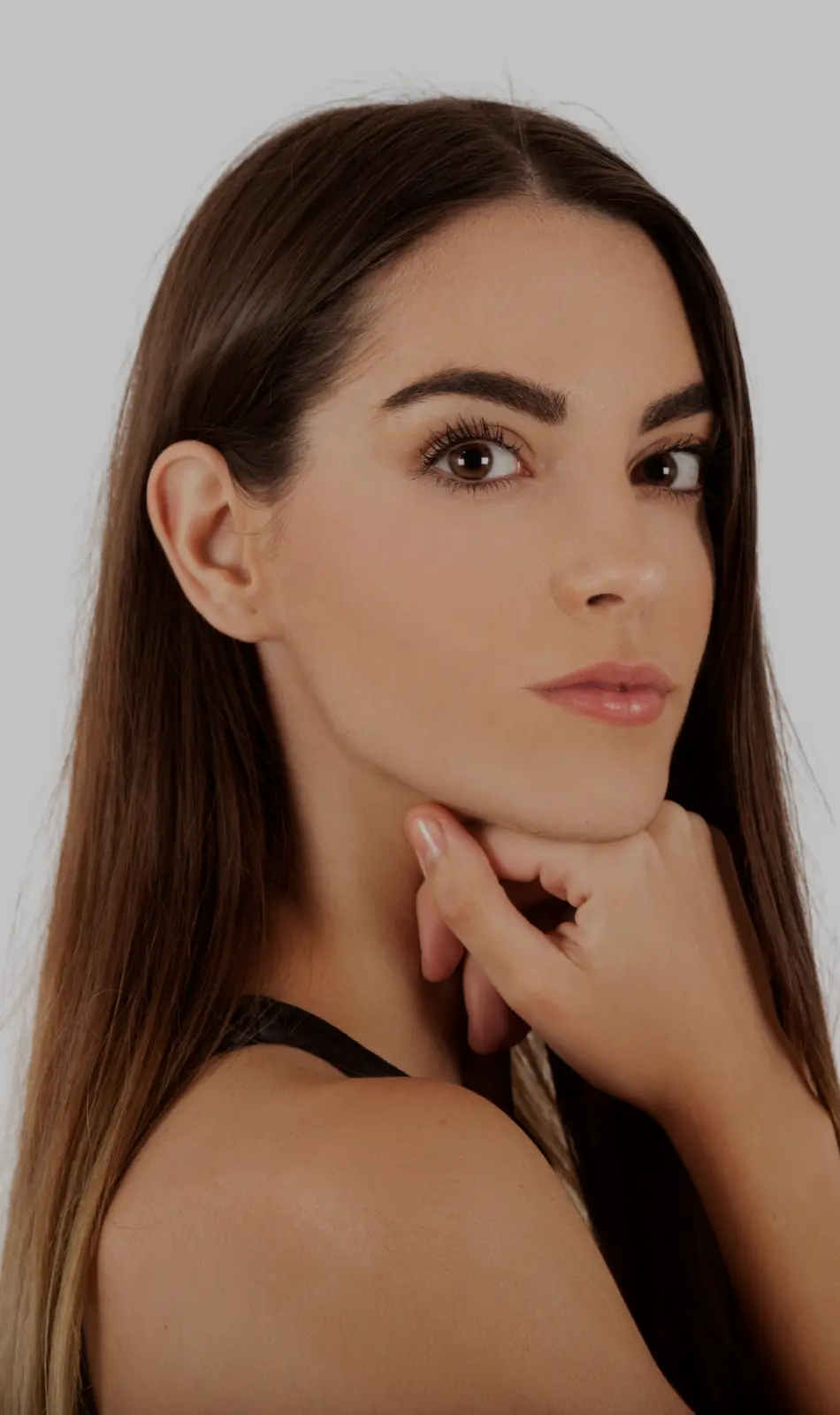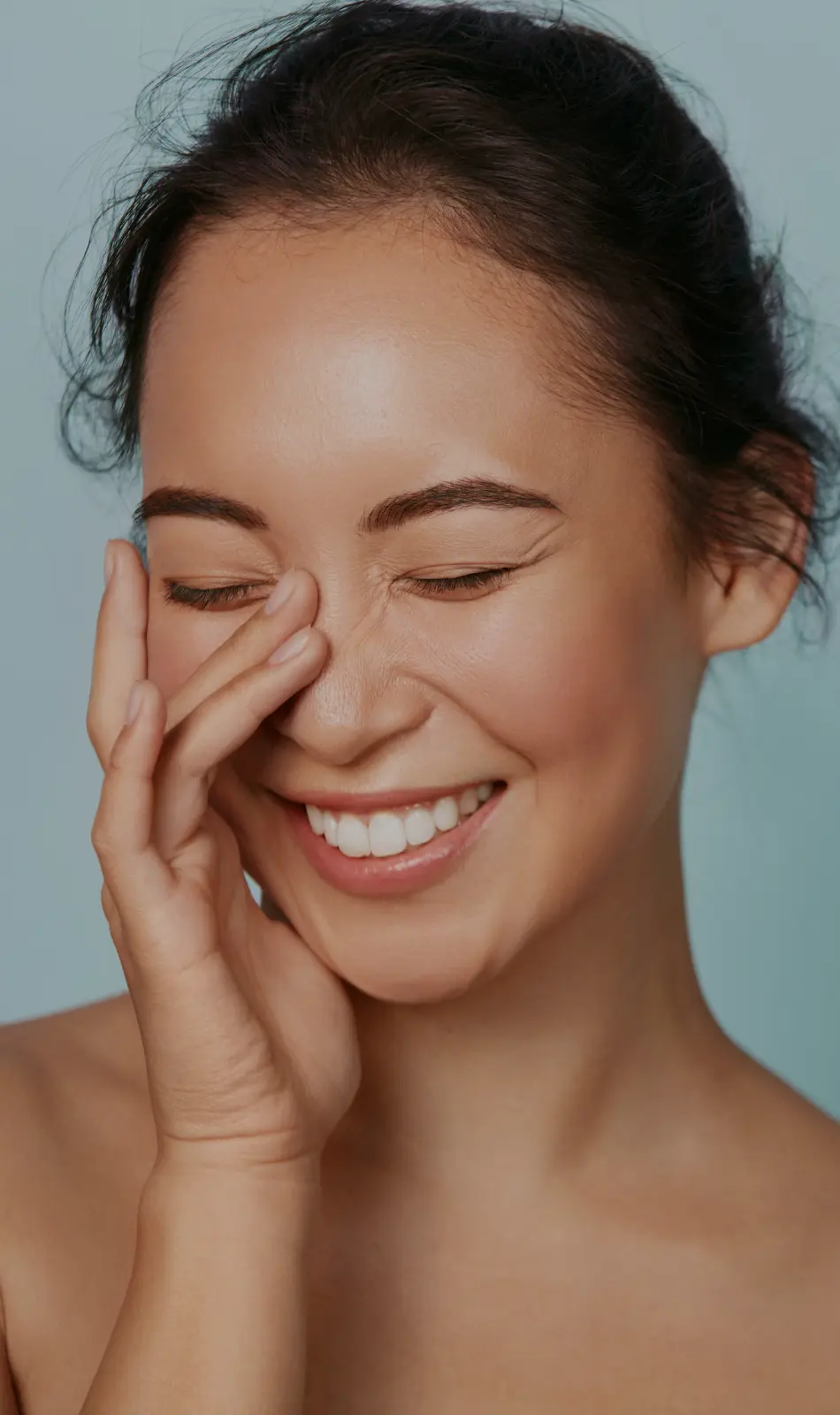Veins that are distorted and enlarged (measuring over 3 mm in diameter while standing) are known as varicose veins. These types of veins are frequently found in the legs and are part of a range of chronic venous disorders affecting the lower extremities.
Varicose veins refer to subcutaneous veins that are dilated and often have reversed blood flow.
The prevalence of varicose veins is estimated to affect at least a third of the population, although estimates vary. Risk factors for developing varicose veins are unclear, but prevalence tends to rise with age and is common during pregnancy.
While some individuals with varicose veins experience no symptoms or only mild ones, others may suffer from pain, aching, or itching, affecting their quality of life. Over time, varicose veins may worsen, leading to complications such as changes in skin pigmentation, bleeding, or venous ulceration. It is unknown which individuals will develop more severe conditions, but it is estimated that 3-6% of people with varicose veins will develop venous ulcers in their lifetime.









